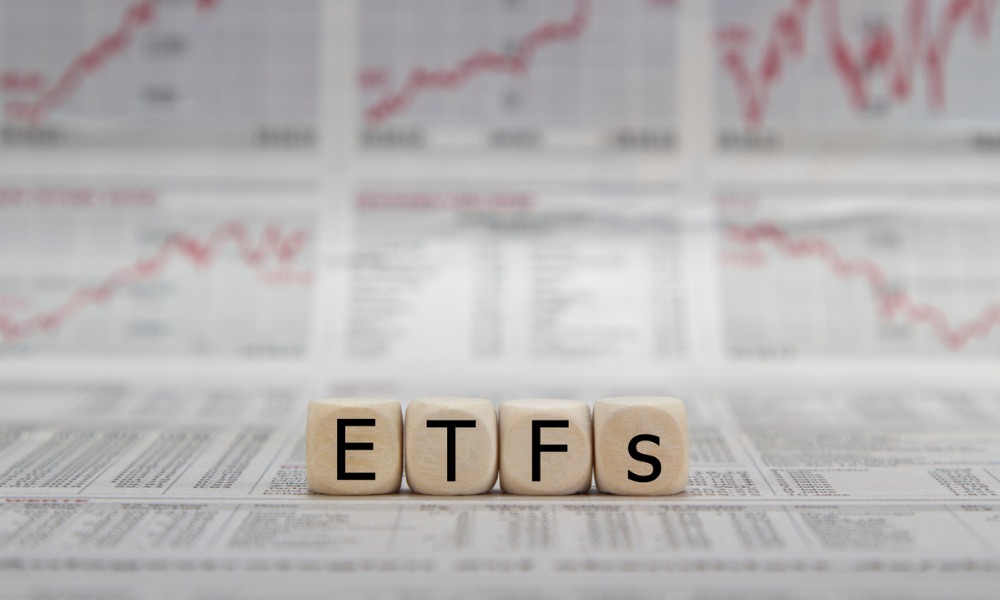Report predicts market will heat up amid trends involving advisors and continued product development

As the recent world-leading launches of cryptocurrency ETFs in Canada demonstrate, the Great White North has a lot going for it relative to other ETF markets. But in spite of that, the Canadian industry hasn’t grown in pace with its true potential.
According to a new report from Cerulli Associates, Canada’s ETF industry closed 2020 with US$189 billion in assets, with growth over the last five years clocking in at a CAGR of 25%. An estimated 7% of Canadian ETF assets are held in funds-of-funds with Canadian-domiciled underlying ETFs.
Fuelling that growth is a cocktail of catalysts, including robust product innovation, favourable regulatory conditions, and more access to open platforms as compared to the U.S. Market. Notably, it estimated that 44% of Canada’s ETFs by count and 23% by assets fall under the umbrella of active strategies, which Cerulli said stems from the country’s regulators imposing less stringent disclosure requirements on active managers.
But proportionally speaking, the report suggested that the Canadian industry’s growth has trailed well behind that of the U.S. “When considering factors such as population, GDP, and ETF assets as
compared to mutual fund assets, this is surprising,” said Daniil Shapiro, associate director, Product Development at Cerulli and author of the report.
After a sluggish start partly attributable to the biggest banks’ clout as the largest asset managers and ETF distributors, the market has accelerated. 2020 flows were markedly higher than in previous years, and ETF issuers surveyed by Cerulli indicate an expectation of growth driven by advisors ramping up their ETF allocations and transitioning to fee-based practices.
“As advisors have to defend all-in costs, it will be imperative for them to build a low-cost passive core allocation via ETFs,” Shapiro said.
Looking at the landscape through an AUM lens reveals the dominance of several large issuers, with BlackRock’s iShares and BMO controlling 31% and 28% of 2020 market share, respectively. Still, Cerulli believes that other players can compete by offering products with attractive exposures at higher cost.
The report determined that Canada’s ETF market is crowded and highly competitive with respect to fees, though not to the same extent as the U.S. market. ETF issuers are expected to maintain their focus on developing active and strategic beta products for which higher costs can be justified.
“As additional products are rolled out, investors will likely gravitate to the lowest cost allocations,” said Shapiro. “At the same time, more investors are willing to pay more for active allocations and are less sensitive to fees on thematic products where the quality of exposure plays a greater role.”
And because they’re less encumbered by regulatory processes, Canadian ETF issuers’ have more freedom to expand by offering different wrappers that promise innovative exposure, including ETFs of ETFs and mutual funds of ETFs.



